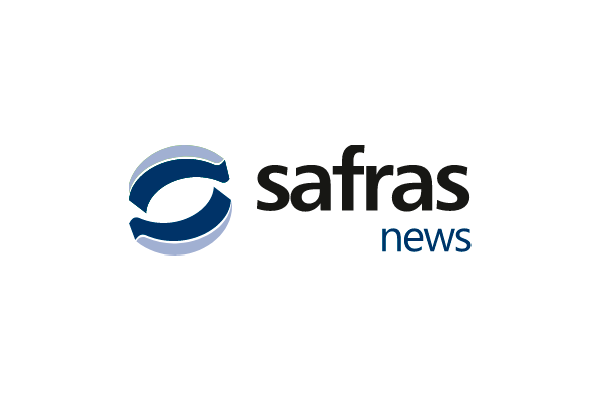The coffee harvest in Brazil began to advance quickly again, taking advantage of the dry climate and the maturation stage of crops. According to SAFRAS’ weekly monitoring, through July 2, 58% of the 24/25 crop had already been reaped, up 8% from the previous week. In the same period last year, the total coffee harvest in Brazil was 52% complete, and the 5-year average for the same period is 54%.
The conillon harvest is picking up pace and movinto into the final quarter of work, with 76% of the production potential already reaped. Work exceeds the same period last year (70%) and the 5-year average (73%). Production should be below expectations, especially in Espírito Santo, which should lead to a negative correction in the expected production.
The arabica harvest continues at an accelerated pace, widening the gap compared to previous periods. 50% of the production potential have already been reaped, up from the same time last year (43%) and the 5-year average of 45%. The smaller bean size continues to be a major concern, which fuels noises about a possible negative correction in the total arabica output. There are also reports, especially in the Matas de Minas region, of coffee on the ground, which raises concerns about quality.
A new cold front arrives in the south of Brazil and must bring instability and cold until the weekend, especially in the extreme south of the country. Cloudiness is expected to increase in coffee areas in northern Paraná́ and the state of São Paulo, but with a low probability of rain. In general, the weather should remain dry and with high temperatures in most of Brazil’s coffee-producing regions until the beginning of next week, which should continue to favor coffee harvesting and drying. A new, stronger cold front should bring rain to the Southeast region from Tuesday (9), with greater moisture concentrated in the state of São Paulo and the southern region of Minas Gerais. Along with the rain, temperatures are expected to decline more sharply, but without the risk of frost for coffee areas.

